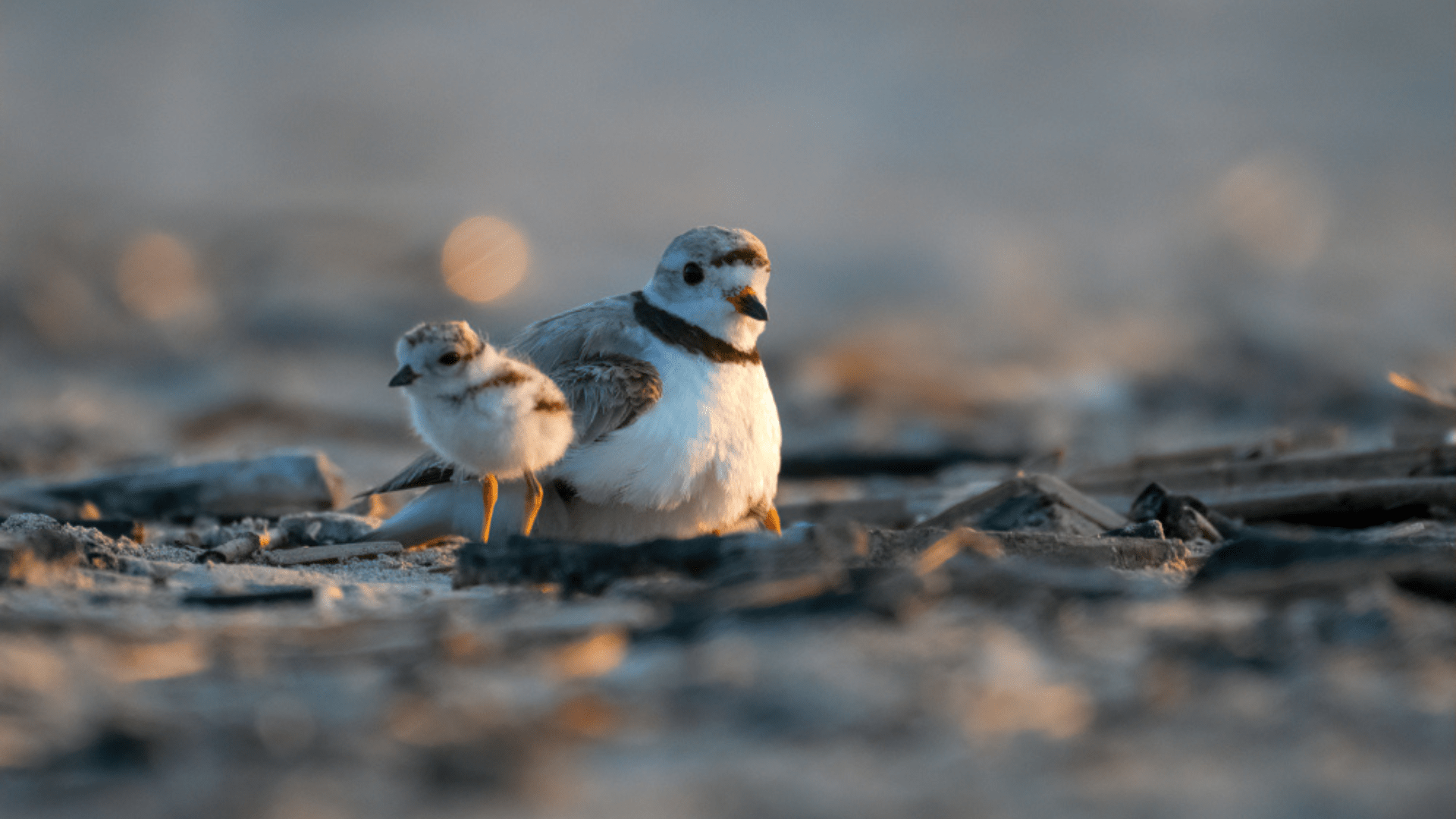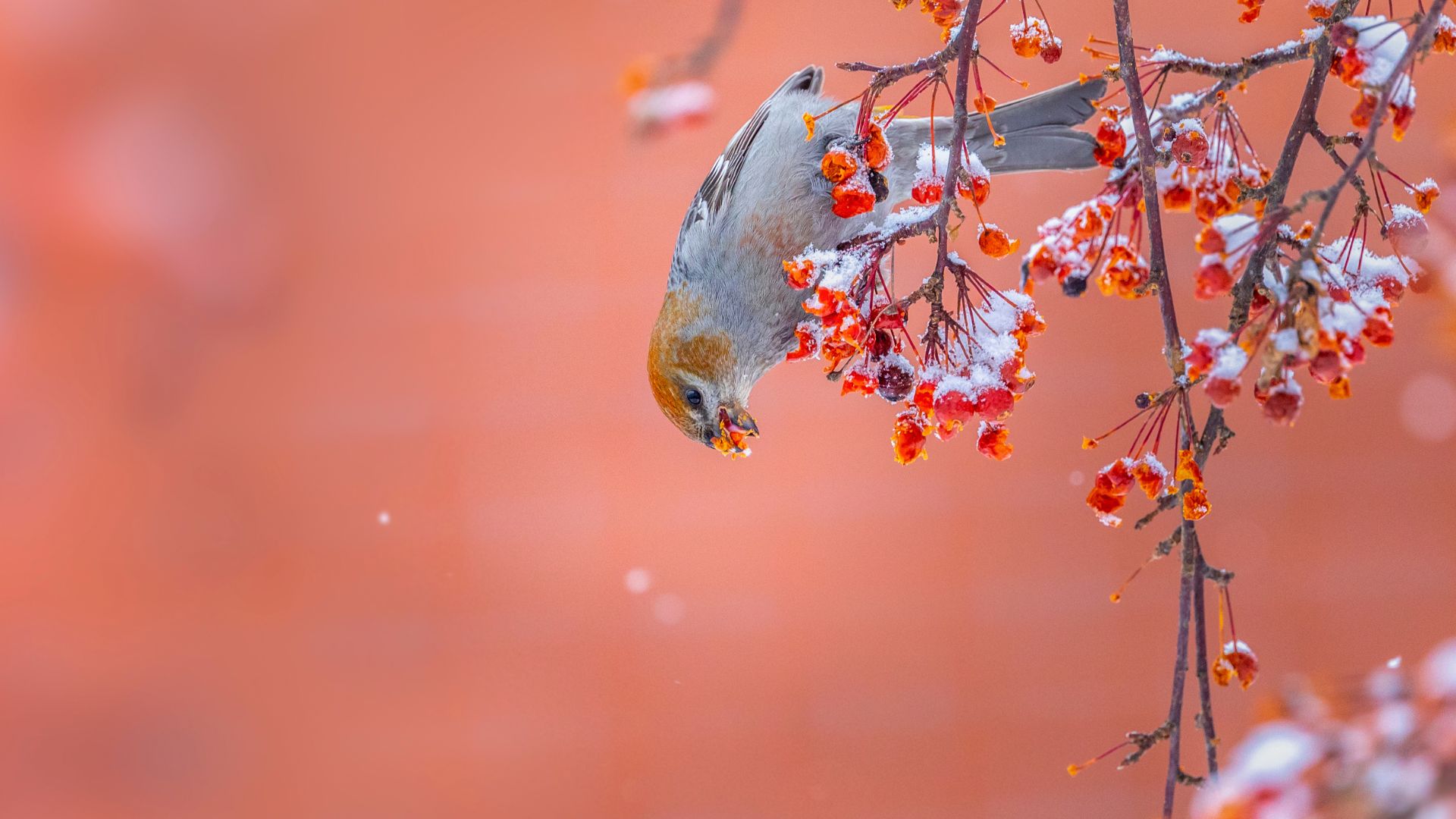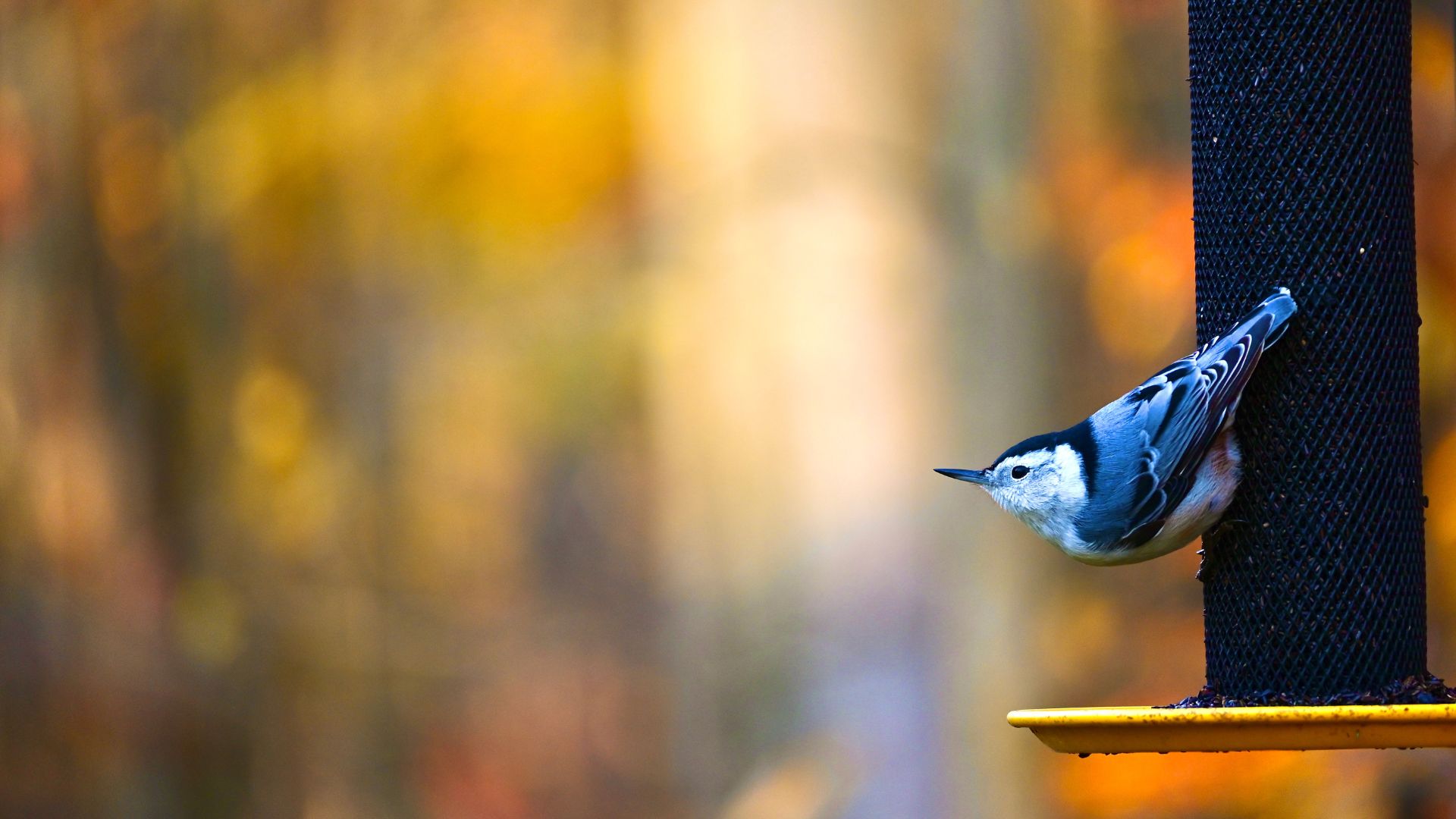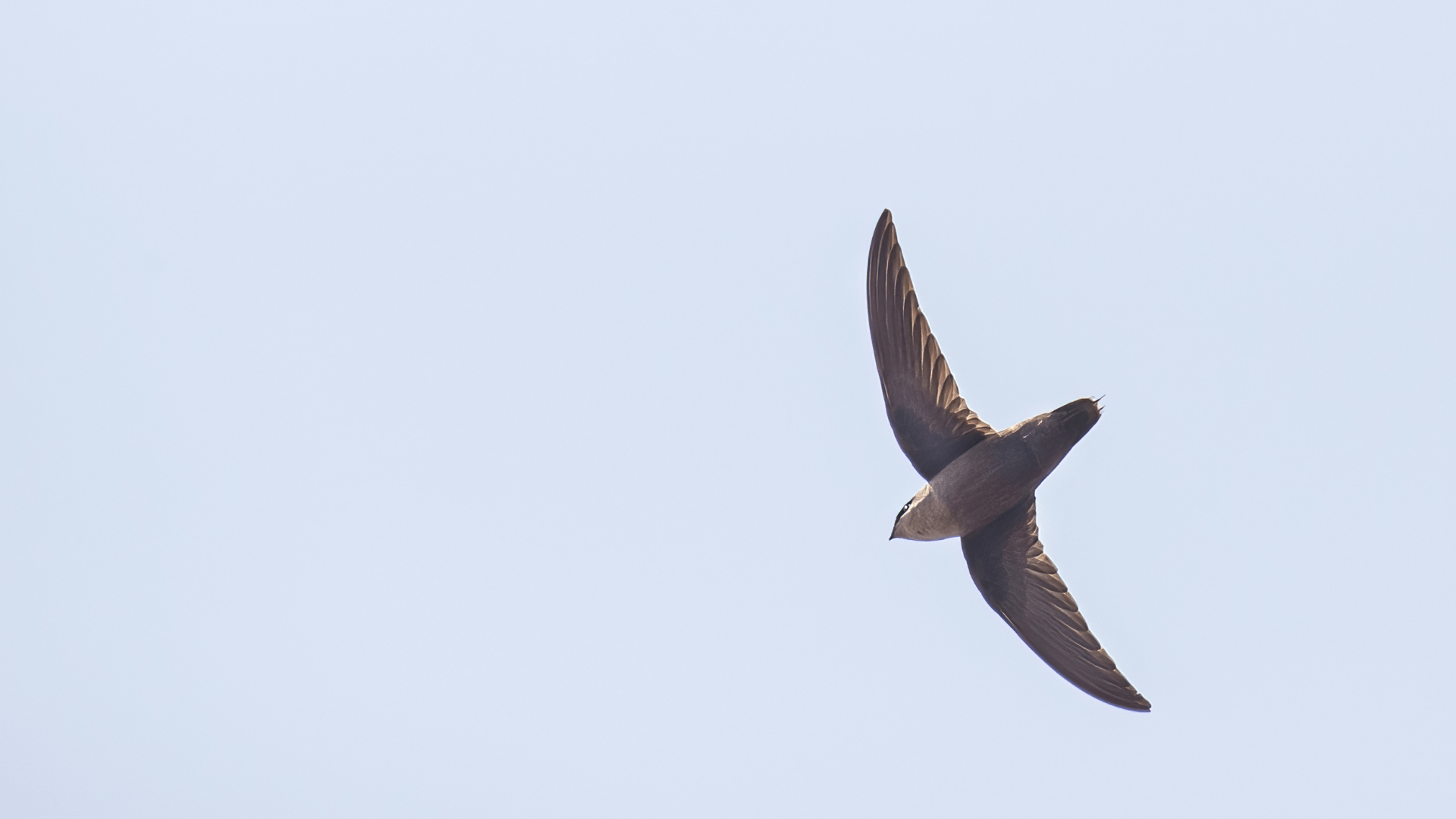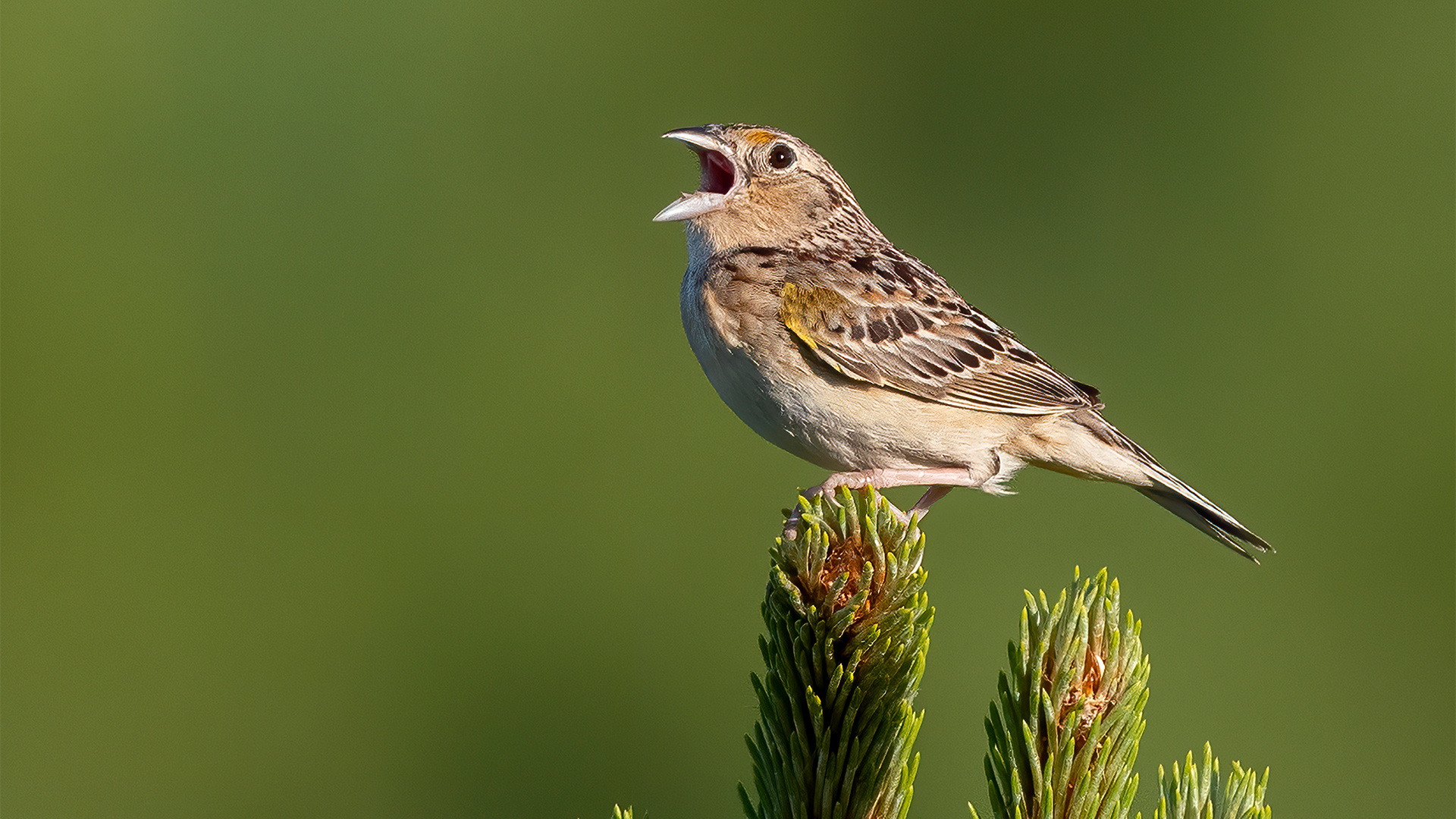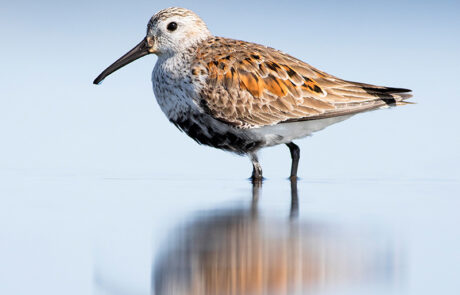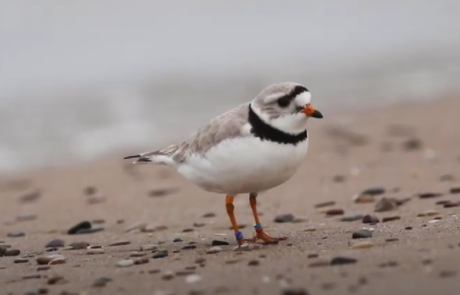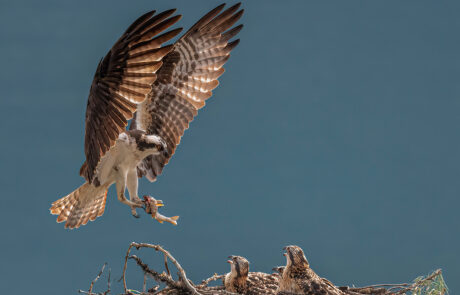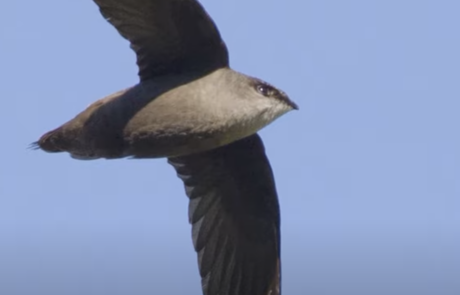“All countries need data, information and knowledge to identify threats to biodiversity, and determine needs and priorities, plan and take evidence-based decisions and actions, set benchmarks and monitor and report on progress for the conservation and sustainable use of biodiversity.”
-Secretariat of the Convention on Biological Diversity
In Canada and all over the world, wild species and spaces are under threat. To conserve biodiversity, we need access to good, reliable, long-term data. This need was recognized on the global scale in the Kunming-Montreal Global Biodiversity Framework.
Lots of biodiversity data already exists, and more is collected every day. New ways to collect data – like the rise of citizen science and the advent of new technologies – mean we can accumulate information about wild species faster than ever before. But that mountain of data is only good if people can use it. That’s where NatureCounts comes in.
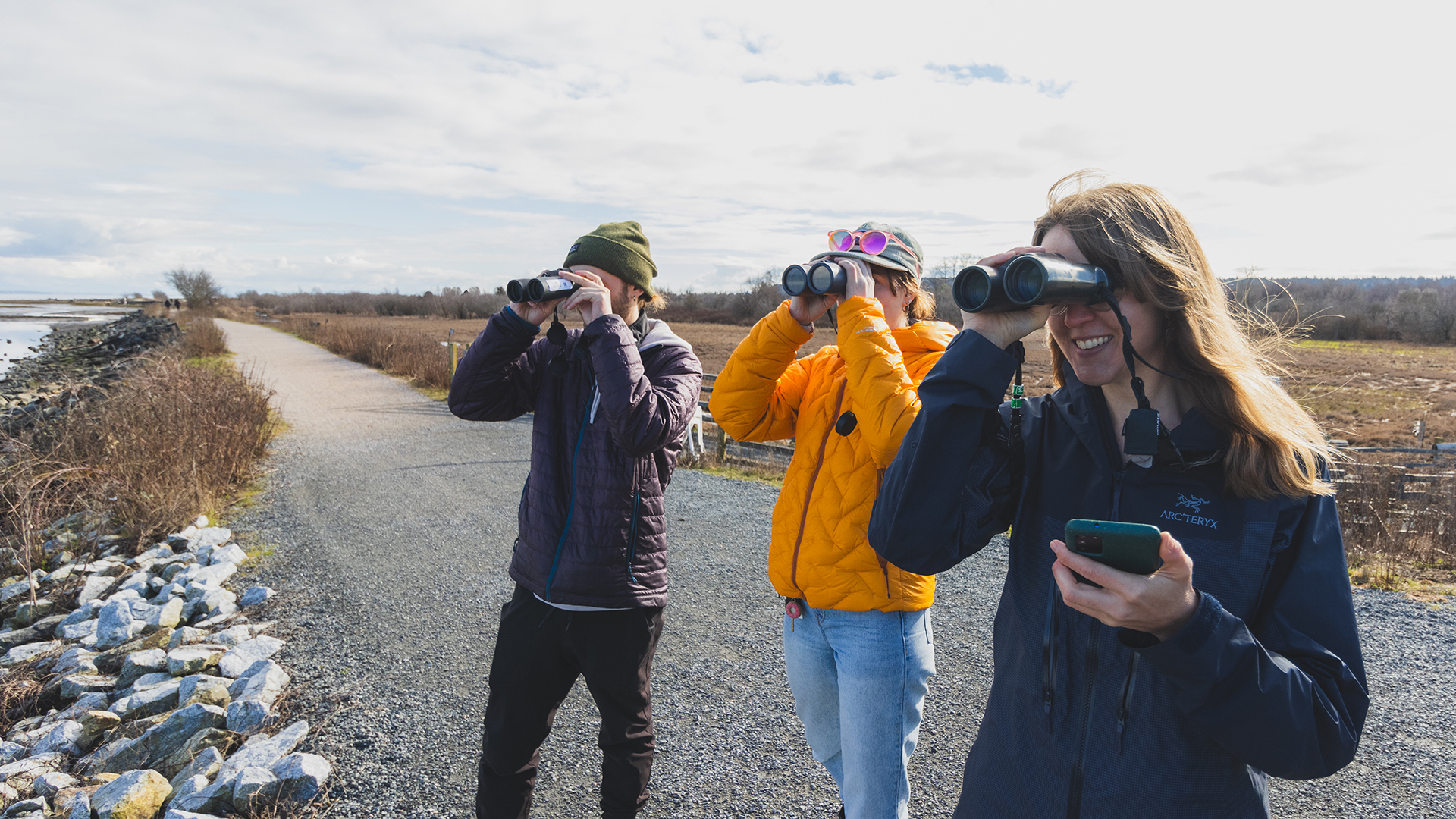
Photo: Kris Cu
NatureCounts is a platform that collects data from many sources under one roof, then makes those data available and accessible for conservation and research. Essentially, NatureCounts acts as a critical link between people and groups who collect data, and those who can use the data to make a difference for biodiversity.

The data housed in NatureCounts come from hundreds of citizen science and research projects. Some projects are current, while others date back over a century. This massive collection of data has the potential to inform considerable action and change for biodiversity.
From its position in the middle, NatureCounts aims to support actors on both sides. Its tools and data products help research and citizen science programs collect data easily and accurately, give projects the capacity to manage their data effectively, support the interpretation of data to produce knowledge, and facilitate the sharing and meaningful use of data by researchers, conservation actors, and decision-makers.
We will look at the activities of NatureCounts in more detail, but first you need to know a little about open data.
Next section: FAIR Data 101


